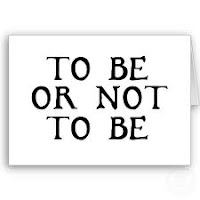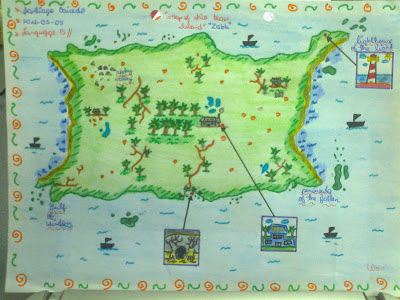The verb Be can be a problem
The problem with the verb Be is not for English
learners but for Spanish learners. When we learn English we are told that the
verb To Be has a double meaning: Ser o Estar. This double condition does not
exist in English and it is a bit difficult for Spanish learners to understand the difference between Ser and Estar.
Ser indicates essentially a situation as for
example who you are. If you want to say in Spanish, “I’m José Pérez” then you
use a form of Ser, “Yo soy José Pérez”. With Ser you can indicate your profession,
nationality, personality traits, physical appearance, political inclination,
religious confession among other important things.
Estar indicates how you feel so this is the verb
Be when expressing moods and also physical states such as tiredness (I’m tired
= Estoy cansado). With Estar you can tell another person you have a romantic
interest on her or him, or state your position regarding some important topic
and express your feelings in general.
Curiously there are things that cannot be expressed
with Ser or Estar in Spanish and those are a person’s age, being hungry or
starving, being sleepy and being thirsty. For all those in Spanish we use Tener:
Yo tengo 40 años de edad, Yo tengo hambre, Yo tengo sed.
This condition of having a double meaning is
frequent cause of confusion in English speakers, who unable to tell the
difference, say things such as: “Yo ser feliz de estar aquí.”
Things that happen when no one takes the time
to explain you these little problems or you just don’t pay enough attention when someone does.




Comments